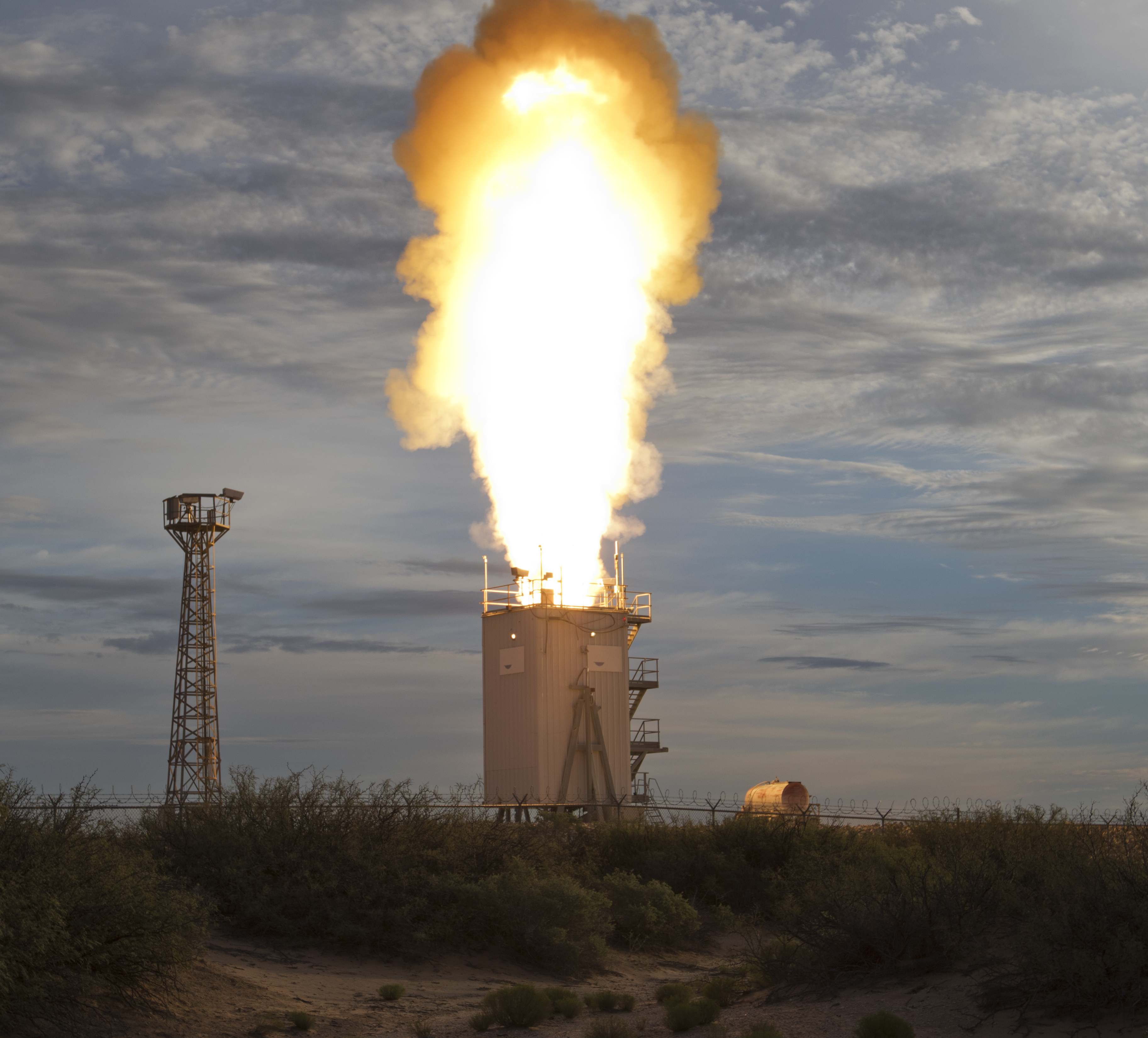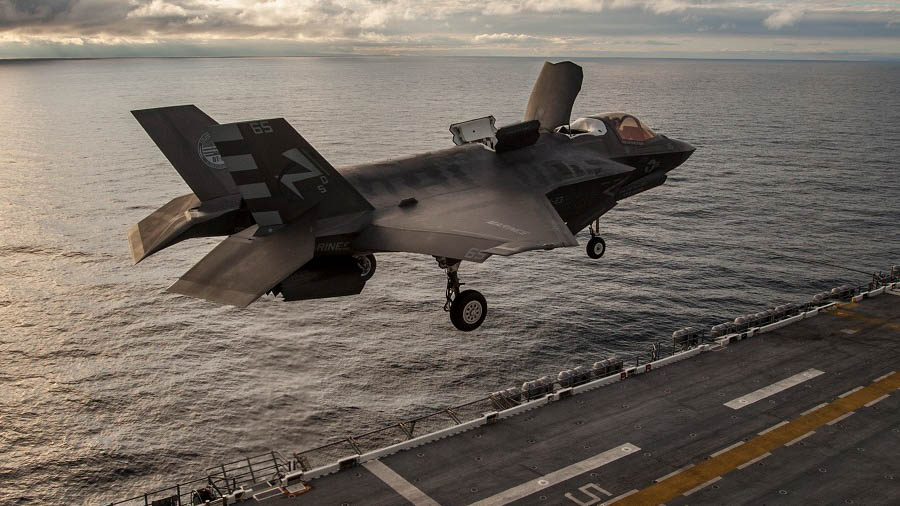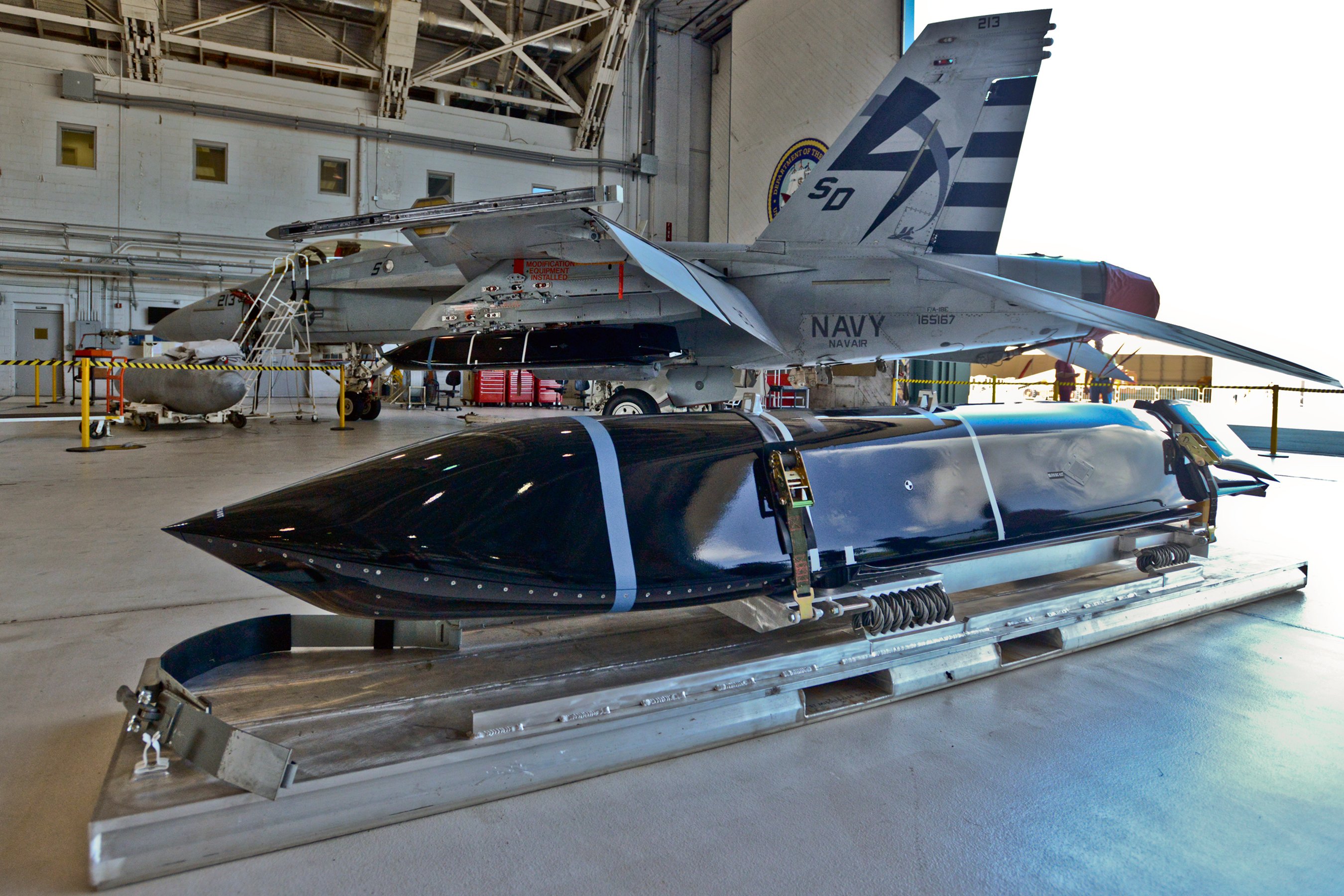
ARLINGTON, Va. — Lockheed Martin plans to conduct a live-fire test of the F-35B Joint Strike Fighter directing an Aegis Combat System engagement next year, as well as the first flight of the Offensive Anti-Surface Warfare missile at the end of this year, both to bolster the Navy’s distributed lethality concept.
The Joint Strike Fighter already paired with the Aegis Combat System – and the weapons and data links that collectively make up the Naval Integrated Fire Control- Counter Air (NIFC-CA) capability – in September 2016. A Marine Corps F-35B observed and tracked a target and sent the track information to the Navy’s USS Desert Ship (LLS-1) test platform running the Baseline 9 Aegis Combat System. Desert Ship then launched a Standard Missile-6 to kill the threat, while relying solely on the targeting data from the F-35.
At Lockheed Martin’s annual media day event today, director of Aegis programs Jim Sheridan said the company was working with the F-35 Joint Program Office and the Navy’s Program Executive Office for Integrated Warfare Systems (PEO IWS) to bring that Joint Strike Fighter/NIFC-CA pairing to sea.
“We’re looking at doing a TRACKEX (tracking exercise) with that capability in 2017, this year, probably in the summer/fall timeframe, with the goal of having a life-fire event at sea in the summer of 2018,” he said.
To get from where the F-35/NIFC-CA integration is today to the maturity needed for a successful at-sea demonstration, Sheridan said the company needed to work on “modeling and simulation and making sure that we close the fire control loop,” as well as understanding how to physically integrate the two. For example, NIFC-CA generally relies on the Link-16 data link to connect the ships, planes and weapons involved in the detect-to-kill process. F-35, however, uses a Multifunction Advanced Data Link (MADL) instead, which would require a new antenna on the destroyers that will launch a missile based on what the F-35B senses. Sheridan said Lockheed Martin has conceptual designs for where to put the MADL antenna on the ship but needs to refine and test those ideas.

“There is work to be done in order to get there, it is an aggressive schedule,” Sheridan said of next year’s live-fire test.
“Frankly, my biggest challenge right now is getting the work on contract to get moving out. But with our recent successes out at [White Sands Missile Range] and some of the other work we’ve done on test ship (guided-missile destroyer USS) John Paul Jones (DDG-53), I’m optimistic that once we get this under contract things will move pretty quickly.”
Despite the work that still remains, Sheridan said pairing the F-35 with NIFC-CA – compared to using the Navy’s E-2D Advanced Hawkeye or other aircraft – “is just heads and shoulders above anything else we’ve been seeing.”
On the missile side, Lockheed Martin plans to host two tests of the Long-Range Anti-Ship Missile (LRASM) – the company’s name for its submission in the Navy’s Offensive Anti-Surface Warfare program of record – one of them being airplane-launched and the other from an angled launcher on a ship deck.
LRASM began as a fixed-wing-based anti-surface warfare weapon that Lockheed Martin and the Navy poured $1.1 billion into developing, Chris Mang, vice president for strategy and business development at the company’s Tactical Missiles and Combat Maneuver Systems business, explained at the company media day. The Navy and Pentagon wanted additional surface-to-surface weapons, though, and in 2014 the missile was launched from a Mk 41 Vertical Launching System tube at White Sands Missile Range after an additional $100-million investment in the new launching mode. As the distributed lethality concept spread through the Navy fleet – encouraging every ship at sea to be a lethal shooter – an additional $20-million investment was made to put LRASM into an angled Harpoon-like launcher, or a “topside canister,” that could be placed on the deck of a Littoral Combat Ship, amphibious ship or anything else without VLS cells.

Mang said the investments to date have led to the full maturation of the VLS-launched capability, with no additional technology development needed if the Navy decided to buy and certify the system today.
“That capability enables us really to get to the surface fleet in about three years, so if somebody made the decision to go, we are completely prepared to be on surface ships by 2020 or 2021, depending on when the program gets started,” Mang said, noting that the Navy would have to be the ones to conduct certifications and all remaining steps ahead of fielding the weapon. Fielding the topside canister-based missile might take an extra year, he said.
Lockheed Martin will fire its first topside canister-launched LRASM in the third quarter of this year as a risk-reduction measure as it continues development of that launching capability.
On the original air-launched side, Lockheed Martin will conduct its first full flight test in the Navy’s formal Offensive Anti-Surface Warfare program of record, launching a LRASM from a B-1 bomber in the fourth quarter of this calendar year.
Mang said that, despite the proven capability of LRASM, the Navy hasn’t decided if it will stick with the weapon for more than the original missiles the service will buy, or if it will re-compete the program in its Increment 2, and it hasn’t decided on a path forward for the surface-to-surface mode from VLS cells and topside launchers.
“I personally believe right now they’re waiting to see the missile fly this year in 2017, if we get a couple successful flights under our belt and then I think there’s a good opportunity for more of these (decisions) to show up,” Mang said.
“Especially on the aviation side: aviation has a documented gap, a [capability development document] they’re executing, Increment 2 in how they decide to acquire (more missiles). … So I think naval aviation is going to move out (with procurement and fielding).
Mang said he was less certain what the surface navy would do when it comes to buying and fielding this system.
“Surface navy I think has a lot of bills to pay, and they’re trying to figure out how to get $50 worth of stuff for $40. And it’s a hard question, I wish I knew the answer,” he said.





